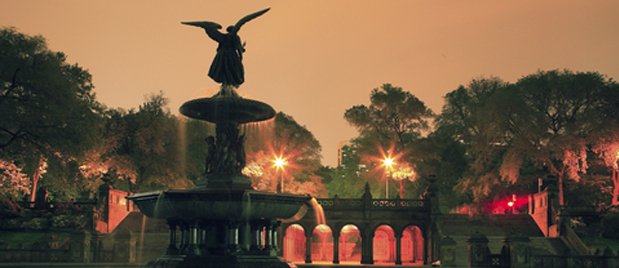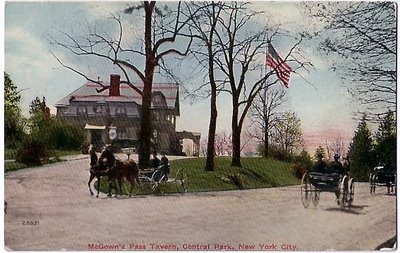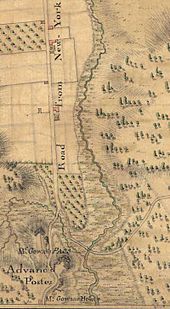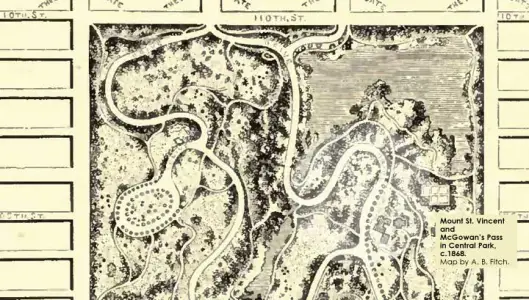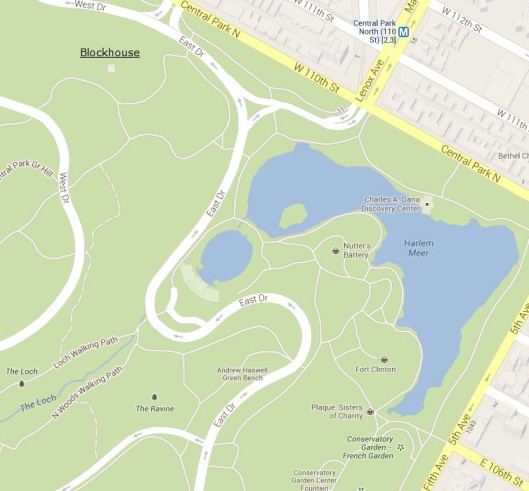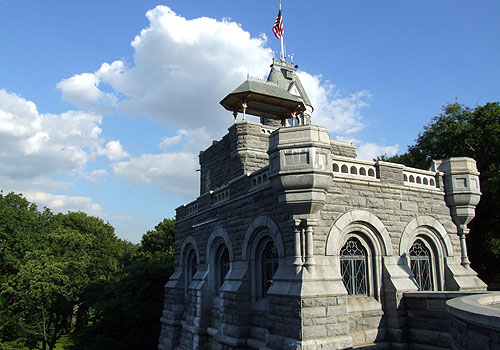“Lost History” Blog Series
 I did a lot of research in an around New York City’s Central Park for my young adult (YA) novel, and was amazed by the history. The stories I uncovered were all but lost, so I decided to do a blog series on them. They’re not connected to my YA novel, but they’re rich in character and deserve to be remembered. [image: morguefile.com]
I did a lot of research in an around New York City’s Central Park for my young adult (YA) novel, and was amazed by the history. The stories I uncovered were all but lost, so I decided to do a blog series on them. They’re not connected to my YA novel, but they’re rich in character and deserve to be remembered. [image: morguefile.com]
The All But Forgotten “Casino”
You’ve got to wonder … not only about the children’s playground that was once the site of an exclusive speakeasy, but also the name given to the glitzy nightclub. You see, the Casino was never a gambling establishment. Go figure. [1920’s postcard]

But I’m getting ahead of myself, and history…
The Ladies Refreshment Salon
 The first structure to grace the area near 71 Street and 5th Avenue was a Ladies Refreshment Salon. The two room stone cottage was designed by Calvert Vaux—co-designer of Central Park—in 1864, as a place where women could retire and partake of modestly priced food without a male escort. Those were the times when women didn’t out by themselves, unless it was an establishment specifically for ladies. The following is a sketch of the Ladies Refreshment Salon from the Annual Report of the Board of Commissioners of The Central Park, 1864 [copyright expired].
The first structure to grace the area near 71 Street and 5th Avenue was a Ladies Refreshment Salon. The two room stone cottage was designed by Calvert Vaux—co-designer of Central Park—in 1864, as a place where women could retire and partake of modestly priced food without a male escort. Those were the times when women didn’t out by themselves, unless it was an establishment specifically for ladies. The following is a sketch of the Ladies Refreshment Salon from the Annual Report of the Board of Commissioners of The Central Park, 1864 [copyright expired].
The Ladies Refreshment Salon eventually became popular with men as well as women. Over the decades the structure was expanded to accommodate the increase of customers, and modestly priced food became a thing of the past.
The Casino ~ an Elite Nightclub ~ was Born
In 1928 the Ladies Refreshment Salon was transformed into a high-priced restaurant, that turned into the see-and-be-seen night spot of Mayor James Walker and his friends.
restaurant, that turned into the see-and-be-seen night spot of Mayor James Walker and his friends.
This “new” establishment catered to the rich and famous. Guests dined on elegant French cuisine, and despite Prohibition drank their fill of bootleg liquor, as they danced the night away in a fantastic black-glass ballroom.
This photo shows rows of shiny automobiles are parked outside the glittering Casino, while their owners dance the night away. [photo nycparksgov.org]
Casino waitresses pose in the following photo from the Library of Congress.

You’d think that the stock market crash of 1929 would have put an end to the Casino’s nightly revelry. But no. The parties raged on. It wasn’t until the early 1930’s, as the Depression deepened, that the public outcry at the audacious self-indulgence of the privileged few was finally heard.
Fiorello La Guardia, a political reformer, was the man who stepped up to denounce the Casino as a woopee joint. When he was elected in 1933, the tide had turned against the Casino’s blatant ostentatiousness. Unfortunately, the Casino was torn down in 1935 at the command of Parks Commissioner Robert Moses, and an architectural treasure that was an integral part of Olmsted and Vaux’s original design for Central Park was lost.
Next… A Children’s Playground and SummerStage
How do you redeem a site that catered to the wealthiest adult clientele in New York City while most of the country starved? Turn it into a children’s playground, of course!
After the demolition of the Casino, the site was developed into a playground for children and named after Mary Harriman  Rumsey. The Mother Goose sculpture, created by Frederick George Richard Roth, was installed in 1938 at the entrance to the Mary Harriman Rumsey Playground. [Image by moi]
Rumsey. The Mother Goose sculpture, created by Frederick George Richard Roth, was installed in 1938 at the entrance to the Mary Harriman Rumsey Playground. [Image by moi]
The 60-inch granite sculpture consists of the central figure of Mother Goose astride a goose, surrounded by Humpty Dumpty, Old King Cole, Little Jack Horner, Mother Hubbard, and Mary and her little lamb. You can read more about the sculpture and the artist who created it here.
In later years, the children’s “playground” became a popular site for puppet shows. The stage area soon caught on for all manner of performances, for all age groups.
Today, this area is also referred to as the SummerStage. Music and theater performances are held in this venue throughout the summer months, and many of the concerts are free. To roll with the times and include the extended uses of the space, the Rumsey Playground is now called the Rumsey Playfield.

More Lost History…
In case you missed these posts in my Lost History blog series:
40.771133
-73.974187
